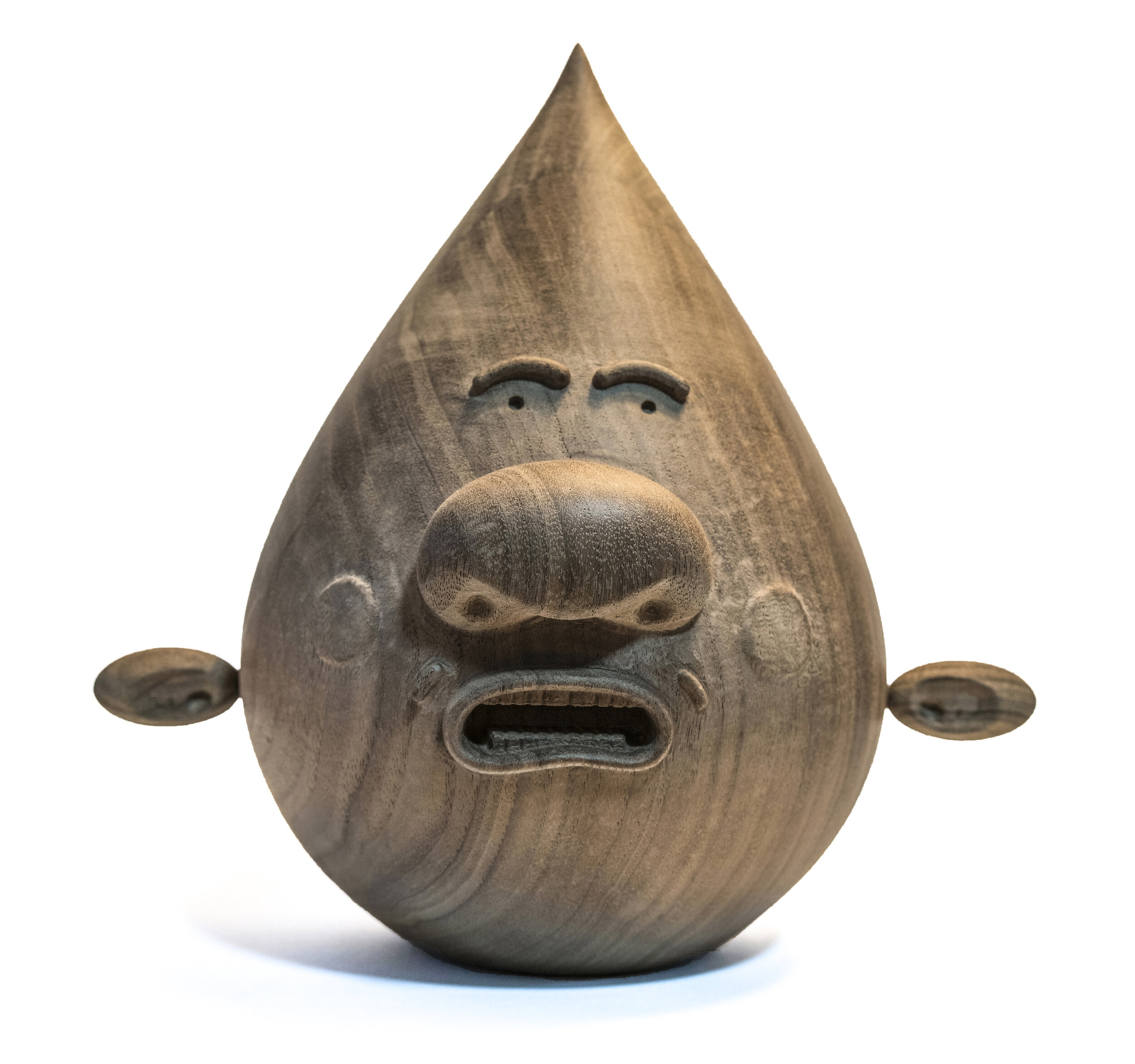The ‘Abacaxi’ Project is the result of the most recent production developed by the artist Raphael Sagarra, based on the experiences and references he collected in his research regarding subcultures, marginal and popular cultures, derived from an environment totally connected with the Atlantic forest, where it directly and indirectly suffers its influences.
Through trips to the deepest places of Brazil and countries around the world, every- day experiences and points of interest related to the ordinary, the artist carefully observes the universe around him and develops mostly paintings, where he pre- sents figurative images, with traces originals and striking features, on backgrounds of graphic elements and patterns, presenting vibrant and strong colors derived from a tropical atmosphere, which approximates the exuberance of the forest and its organic forms.
Preliminarily, Raphael observes these spaces that are not completely immersed in the forest, but are connected in some way. Subsequently, he creates works based on these expeditions to these places and also based on the life stories of people who inhabit these places, subject to transformation, causing these stories and situa- tions to clash with each other.
The proposal has as its starting point the meeting between the artist and people and random living beings during moments, derived from tropical environments, and from these situations, Raphael Sagarra records through photographs, videos, sketches, notes, or in his own memories , objects, words, images, that remind you of this enti- re environment, so that later, through paintings, you immortalize these moments bytransporting them to your work.
The works present in the “Abacaxi” Project highlight the richness of tones, diversity and the interaction between the flora and fauna present hegemonically in the Atlan- tic Forest, and give new meaning to the memories and images recorded previously, placing figures that conflict with each other and raising questions that go beyond the natural question. These works bring us closer to issues related to the destruction and preservation of the forest, exploring the interaction between man and the natu- ral environment, using materials that refer to the organic, wood and natural fibers. Each work conveys a message and invites the public to reflect on our intrinsic connection with the world. Raphael Sagarra presents techniques and combines three-dimensional elements in pictorial compositions, and incorporates brushstrokes and textures in sculptures.
These hybrid works illustrate the interconnectivity between different forms of artistic expression, as well as the interdependence between man and nature.
Borders, popular beliefs, marginalized cultures are found in the middle of it all, whe- re the artist makes analogies related to our identity as a people, diversity, comparing them with current themes, seeking through his work to value what is in a permanent state of decline.
The project presents an installation, where a large-format painting is located at the center of a group of plants from different ecosystems. The painting, produced with acrylic paint on canvas, is the result of his research related to colors that convey tropicality in shapes. A polyptych is exposed, containing images related to this same atmosphere. The project also moves into three dimensions, where pictorial sculptu- res are presented, which explore the diversity of artistic and technical expressions. The “Abacaxi” project continues Raphael Sagarra’s research, where since the be- ginning of the 2000s, he has searched in these environments for stories and lives that connect, and introduced into the field of contemporary art a fertile dialogue about sustainability, and questions this reality that surrounds us, and that we think is very distant, when in reality it is not. Thus we approach an unusual territory, in a mix of voices that are not heard, whether those voices are from people, or from nature itself.
The concept and name of the project arises from the origin of the fruit, which with the name “piña”, was taken to Europe for having an exotic appearance and exube- rance, coming from the lands of the new world, and thus crosses the seas aboard galleons and caravels, arriving to stay all over the world. This fruit brings representa- tion, which talks about the diversity that forests reveal to us, raising questions about the importance that nature provides us and how society benefits from it.
A strong reference for the artist, Roberto Burle Marx, stood out for his diverse skills as a landscaper, architect, painter, sculptor, jewelry designer, costume designer, set designer, ceramicist and upholsterer. Without having specific training in botany, he carried out, alongside renowned scientists, scientific expeditions across Brazilian territory. Thus, when observing the Brazilian flora in its places of origin, on the ex- peditions he carried out, he sought to group the species as found in nature in the creation of the gardens. Raphael Sagarra, in his project, uses the same principle, but replaces the living species with paint on canvas.



